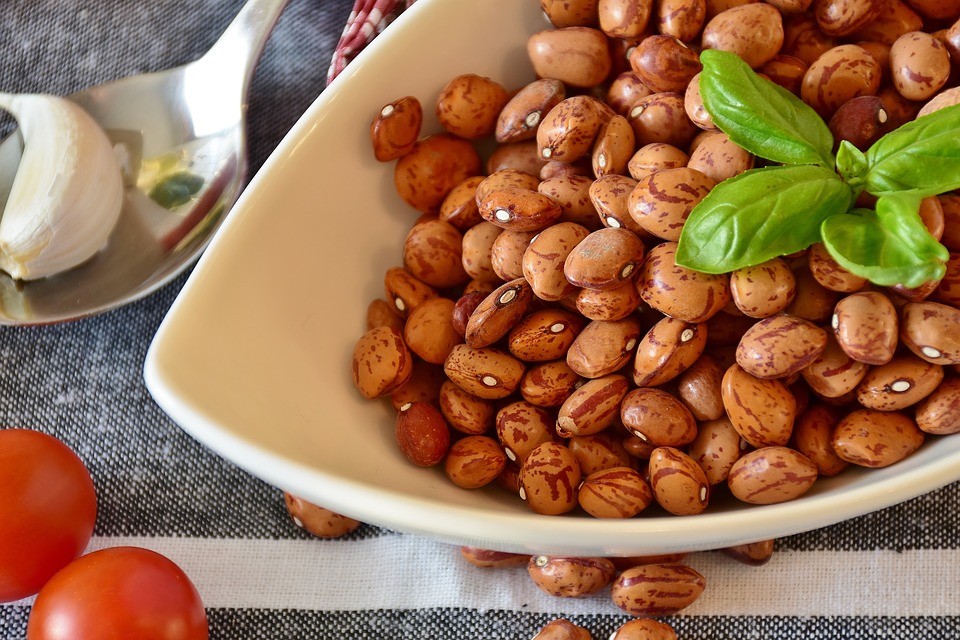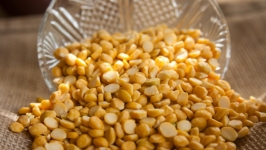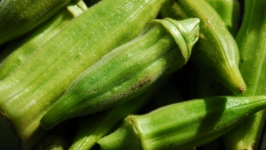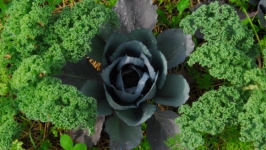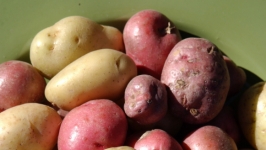Bean Recipes & Info
Discover | Michigan’s climate is ideal for growing flavorful and healthy beans. As a result, the state ranks number one in production of small red kidney beans, black beans and cranberry beans. Few other places can offer a more diverse selection of dried beans. Look for colorful bags of beans in local markets and experiment with the dozens of varieties available.
Taste | Shell beans, lentils, peas and peanuts are all members of the legume family. All grow in a pod and contain seeds that are ready to be shelled. Beans, whether dried, shelled or canned, all have a rich texture and flavor all their own. Even though a lima bean is buttery and creamy and the pink bean has a refined texture and delicate flavor, all beans blend well with a variety of foods and spices. Soups, casseroles, salads, dips, burgers or sandwiches all can be prepared with beans. Not only are beans a versatile and convenient food, they are extremely cost-effective. Other protein sources such as chicken, beef, pork or fish can cost five to 10 times as much.
Fortify | As one of nature’s healthiest and most inexpensive foods, beans provide a significant amount of protein, potassium, fiber, iron, folate and flavonoids. This loaded nutritional content places the bean in two places on the U.S. Department of Agriculture’s Food Guide Pyramid: with the high-protein foods (meat, eggs, poultry and fish) as well as with the vitamin-rich vegetables. Famous for their high fiber content—four to seven grams per half-cup—beans provide a sense of satiety that curbs caloric intake. Feeling full helps decrease food cravings, which is important in weight management. For the greatest health benefit, eat three cups of legumes every week.
Preserve | Whole fresh bean pods should be firm and filled out with plump beans from end to end. If not shelling the beans to cook immediately, store unshelled beans in the refrigerator in a plastic bag for up to seven days. Cook fresh shelled beans by placing in a saucepan, covering with water and simmering for 30 to 40 minutes or until desired tenderness is reached. Dried beans, on the other hand, have a long shelf life of 12 months or more in a tightly sealed container in a cool, dry area. They can take up to two hours to cook, depending on the variety. To make dried beans easier to digest, soak overnight or all day, then drain water and rinse beans before placing them back into fresh cooking water. Once cooked, beans can be refrigerated in a covered container for up to five days or frozen for up to six months.


